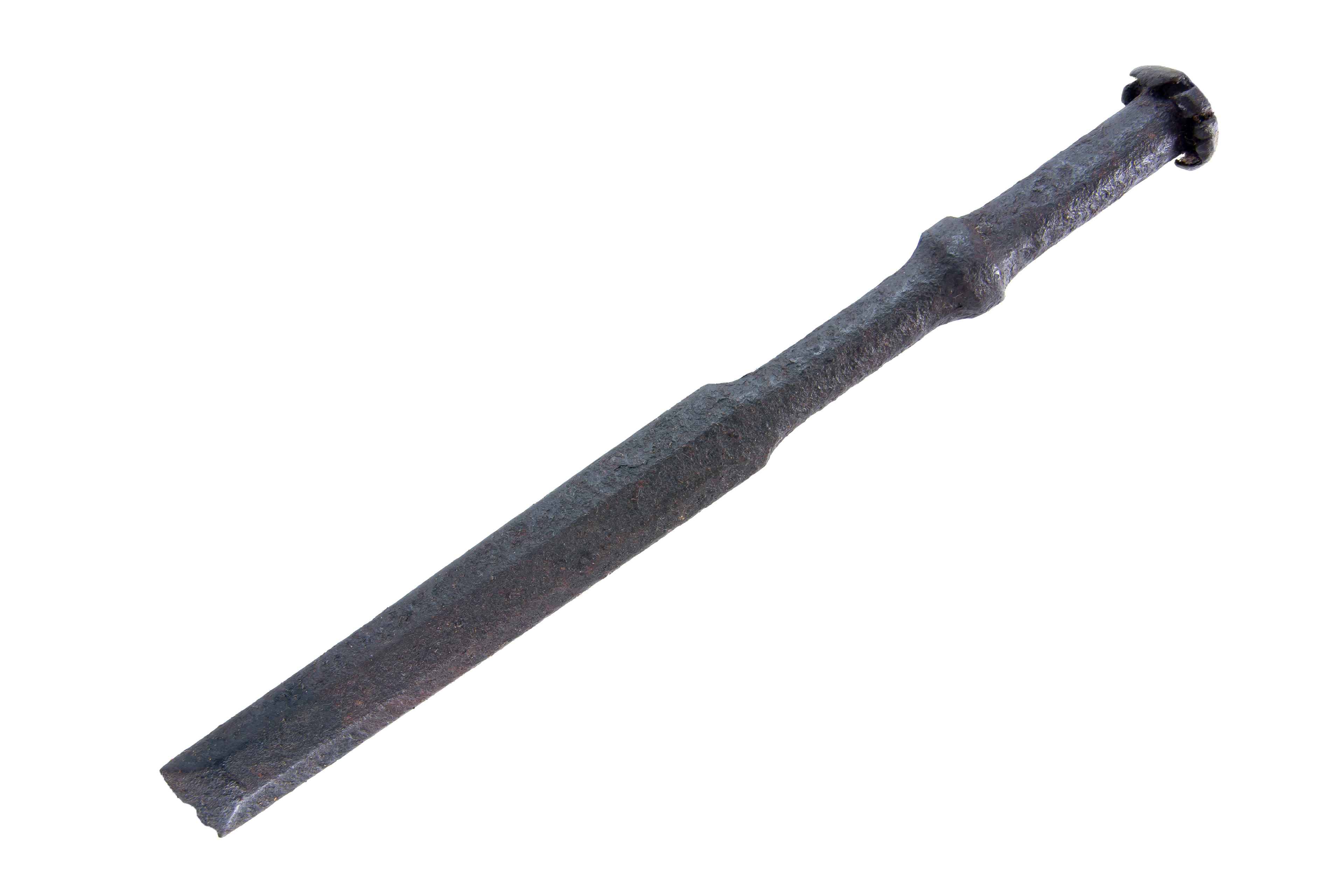Hand Tool Safety

Hand tools pose unique safety hazards due to the combination of manual manipulation and close proximity of hands to unforgiving surfaces.
Hand tool selection and inspection
Always use the right tool for the job and don't take shortcuts. Accidents can easily happen.
Never use tools that are damaged or defective, for example:
- If the handle of a tool is cracked, splintered, or split
- If the head of a tool is loose
- If the head of an impact tool such as a hammer, chisel, or punch is flattened, chipped, or dulled
Damaged tools should be removed and replaced, not returned to storage and kept in circulation.
Safe handling and use of hand tools
Wear Personal Protective Equipment (PPE) when using hand tools. Work gloves and safety glasses or goggles are especially important.
Always carry tools in a tool belt or tool box. They don't belong in pockets. When handing over tools to other people, any sharp edges should be held away from them.
According to the University of Rochester Medical Center, you should try to pull the handle of the wrench towards you whenever possible instead of pushing it away from you. This reduces the likelihood of skinned knuckles as well as reducing wear on the jaws of the wrench. If the jaws of a wrench spread or wear out, it should be replaced.
Always make sure that the head of your hammer, mallet, or sledge is securely attached to its handle before using it.
How to use a file or chisel safely
Files are made of brittle, tempered steel that will shatter under pressure, causing pieces to fly off that could injure or blind you. Never use a file in place of a hammer, chisel or lever.
The normal use of a file causes the release of small particles. You should always wear eye protection when filing.
Never use a file without a handle. It would be easy for the pointed end of the file to puncture the palm of your hand.
Chisels with mushroomed heads should be dressed or thrown away to prevent bits of steel from flying off and possibly injuring or blinding you.
